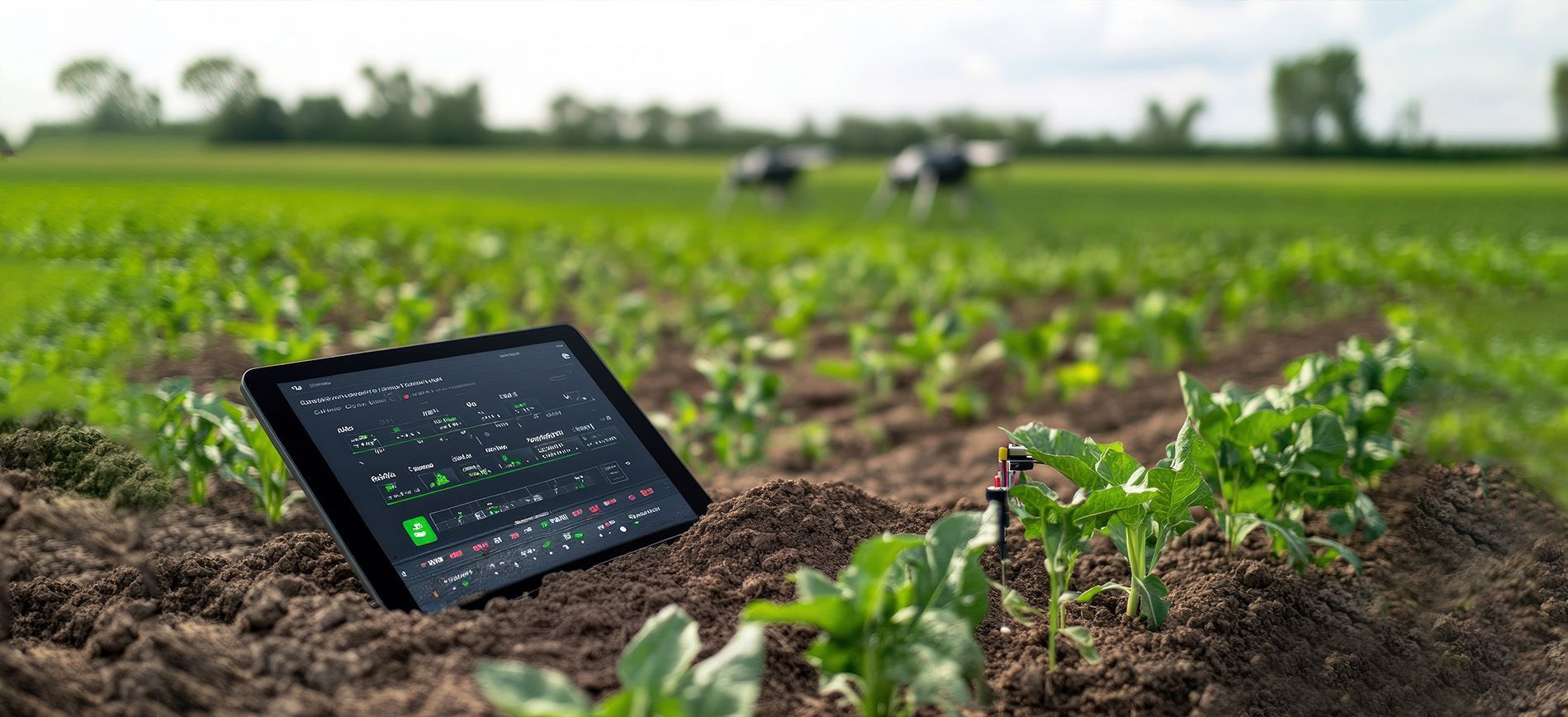Why Nitrogen is Vital for Plant Growth
Why Nitrogen is Vital for Plant Growth?

Nitrogen is one of the most important nutrients in plant growth, driving several fundamental processes essential to plant development. Without sufficient nitrogen, plants cannot produce the proteins, enzymes, and chlorophyll they need to thrive. This blog will dive into the crucial role nitrogen plays in agriculture and explain how nitrogen-based fertilizers, such as Urea 46%, help maintain healthy crops and enhance soil fertility.
1. The Role of Nitrogen in Plants
Nitrogen is a major component of amino acids, the building blocks of proteins, which are critical for plant growth. It also plays a central role in the formation of chlorophyll, the compound plants use to convert sunlight into energy through photosynthesis. This energy supports processes like cell division and root development. Without adequate nitrogen, plants experience stunted growth and poor yields.
2. Symptoms of Nitrogen Deficiency in Plants
When plants lack sufficient nitrogen, their growth becomes visibly affected. Common signs include:
- Yellowing of Leaves: Nitrogen-deficient plants often display yellowing leaves (chlorosis), particularly older leaves, as the plant reallocates nitrogen to newer growth.
- Stunted Growth: Slow, weak growth and smaller than usual leaves are indicators that a plant isn't getting enough nitrogen.
- Poor Yield: In the absence of sufficient nitrogen, plants struggle to produce flowers or fruit, directly affecting crop yields.
3. The Importance of Nitrogen Fertilizers
Nitrogen-rich fertilizers like Urea 46% provide a concentrated and efficient way to deliver nitrogen to crops. Urea contains 46% nitrogen by weight, making it one of the most potent nitrogen sources available. When applied to soil, it breaks down into ammonium and nitrate, both of which are easily absorbed by plant roots. Its effectiveness and affordability make it the most widely used nitrogen fertilizer in agriculture.
4. Best Practices for Using Nitrogen Fertilizers
To maximize the benefits of nitrogen fertilizers while minimizing environmental impact, farmers should follow these practices.
- Soil Testing: Regular soil testing helps determine the exact nitrogen needs of the soil, avoiding over-application or under-application.
- Proper Application Timing: Applying nitrogen during critical growth stages, such as the early vegetative stage, ensures maximum uptake by plants.
- Controlled-Release Fertilizers: Using slow-release or controlled-release fertilizers can provide a steady supply of nitrogen over time, reducing losses due to leaching or volatilization.
Conclusion
Nitrogen is vital for plant growth, playing an essential role in protein synthesis, photosynthesis, and energy transfer. Using nitrogen-based fertilizers like
Urea 46% is an efficient way to ensure crops get the nutrients they need to grow and produce healthy yields. Farmers who apply nitrogen fertilizers correctly can improve crop productivity while maintaining soil fertility.




